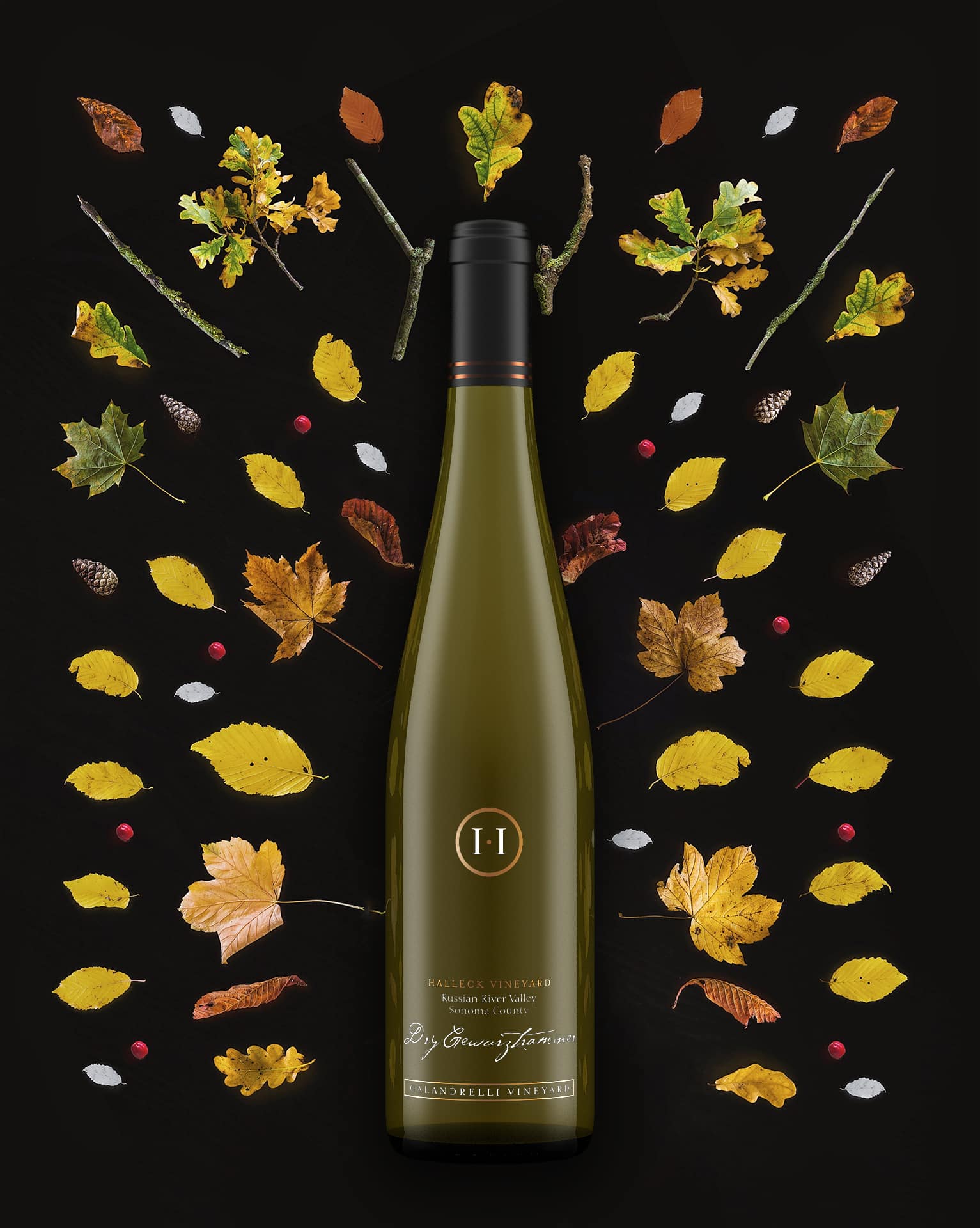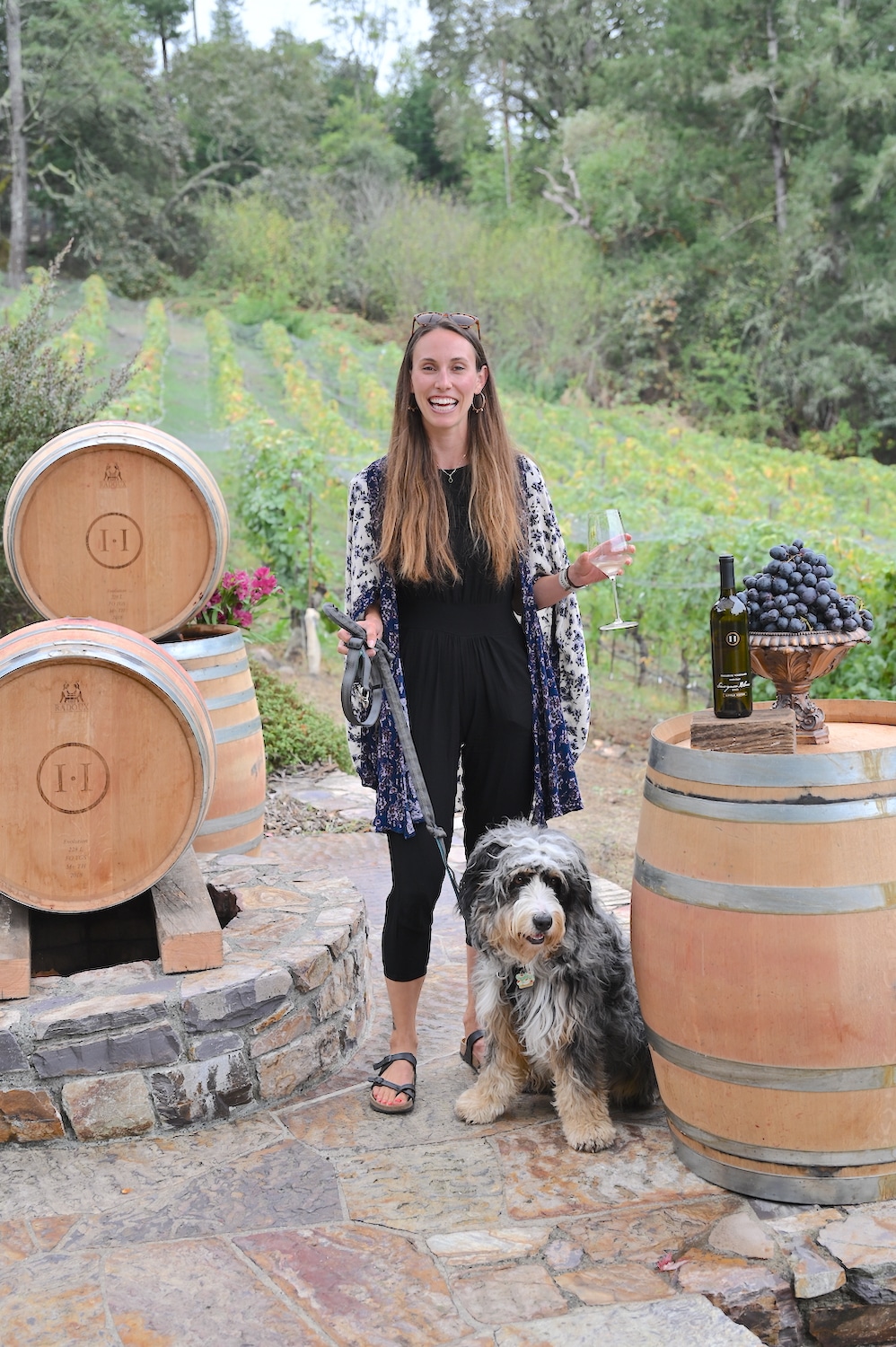Wineries Offering Elegant Wine Tastings - Explore Sebastopol Area Vineyards
Wine tasting is an art that combines sensory experience with an appreciation for the nuances of various varietals. How to evaluate flavors in winery wine tasting periods is pivotal to greedy the complexities of wine.
Engaging in a wine tasting involves greater than merely sipping and savoring. It requires a focused method to establish aromas and flavors that each wine presents. As you start, observe the wine's appearance, noting its colour and readability. These visible cues usually counsel a wine’s age, grape variety, and even potential flavor profiles.
The subsequent step in the tasting process is to swirl the wine in your glass. This action releases aromatic compounds which are vital for evaluation. Lean in and take a second to inhale deeply; the aromas can vary from floral and fruity to spicy and earthy. The nose of the wine is just as necessary because the palate, and recognizing scents plays a significant role in understanding the overall experience.
When taking your first sip, allow the wine to maneuver across your palate - Wineries With A Focus On Syrah. Notice the initial flavors that current themselves. Is the wine fruity, floral, or perhaps herbaceous? This initial style gives insight into what the wine is likely to categorical as you proceed to judge it. The mouthfeel additionally contributes to the overall flavor experience; it might be silky, tannic, or even effervescent.
Wineries Promoting Wine Club Memberships - Sebastopol Wine Country Vineyards Adventure
As you proceed tasting, pay attention to the wine’s balance. A well-balanced wine will harmonize acidity, sweetness, and tannins. If one element overwhelms the others, it'd indicate a much less desirable quality. Evaluating stability can help you identify how properly the wine may pair with food.
Transitioning to the end, consider how the flavors evolve because the wine lingers on your palate. A long, pleasant finish can point out a high-quality wine, whereas a short or abrupt end would possibly suggest otherwise. Reflect on whether the flavors remain consistent or if new notes emerge as the wine settles. This development can reveal complexities and intricacies which may not have been apparent within the initial tasting.
Temperature can be an important factor in evaluating wine flavors. Different forms of wine are optimally loved at particular temperatures. White wines typically shine when chilled, whereas pink wines typically carry out best at room temperature. When tasting, ensure the wine is on the appropriate temperature to completely recognize its character.
Wineries Hosting Seasonal Events - Best Wineries In Sonoma For A Wine Experience
Pairing food with wine can tremendously enhance the tasting experience. Foods can influence the perception of flavors in wine, both highlighting sure characteristics or diminishing them. When evaluating flavors, contemplate how the wine interacts with different foods, noticing which flavors are amplified or muted (Wine Tasting Events In Sonoma County).

Think About the influence of terroir as you interact in a winery tasting. Terroir encompasses the unique environmental factors that have an result on grape growing, including soil composition, local weather, and geography. Understanding a wine's terroir can provide perception into its flavors and aromas, fostering a deeper appreciation for the choices made during its cultivation and manufacturing.
Training plays a elementary position in enhancing one's ability to judge wine flavors. Studying about grape varieties, wine areas, and production methods can pave the way for extra knowledgeable judgments during tastings. Additionally, attending workshops or classes can refine sensory skills and increase your flavor vocabulary, enabling you to articulate tasting notes more effectively.
Finally, it is important to do not overlook that evaluating wine flavors is a highly personal experience. Particular Person preferences and perceptions will invariably shape one’s tasting journey. Enjoyment should be on the forefront, with the evaluation course of acting as a tool to boost understanding and appreciation rather than create inflexible pointers.
Wineries Focusing On Single Vineyard Wines - Wineries To Visit
In conclusion, mastering the method to consider flavors in winery wine tasting classes involves a mix of sensory engagement, data, and practice. By studying to establish aromas, assess the steadiness, and respect the intricacies of flavor, wine enthusiasts can deepen their connection to every bottle they encounter. As with any art type, the more one immerses themselves in the experience, the more they will discover and enjoy the huge world of wine.
- Start by observing the wine's colour and readability, as these visible components can hint at its flavor profile and getting older potential.
- Swirl the wine gently in your glass; this releases fragrant compounds, allowing you to higher identify the complicated scents related to the wine.
- Take a deep inhale earlier than tasting, specializing in both primary and secondary aromas to collect insights on fruits, spices, and other nuances.
- When tasting, allow the wine to coat your palate; note the preliminary flavors, the mid-palate complexity, and the finish as these levels can present different flavor highlights.
- Pay consideration to texture and mouthfeel, as features such as tannin levels, acidity, and sweetness contribute significantly to the general tasting experience.
- Examine flavors against standard wine traits; for red wines, consider berry notes, oak affect, and natural tones, whereas whites may embody citrus, stone fruits, and floral hints.
- Take notes during the tasting session to trace your impressions, helping you to remember and consider the totally different wines sampled.
- Discuss your findings with fellow tasters or winery staff, as sharing insights can improve understanding and appreciation of particular person flavors.
- Allow time for the wine to breathe; sometimes, flavors evolve and reveal new dimensions after being exposed to air.
- Experiment with food pairings during the tasting as they can dramatically alter how flavors are perceived, influencing total enjoyment.undefinedWhat should I search for when evaluating the aroma of wine throughout a tasting?
Start by swirling the wine in your glass to launch its aromas. Deliver the glass to your nose and take a deep breath. Pay consideration to the primary scents you detect, as these are sometimes the most outstanding. Look for fruit, floral, herbal, or earthy notes and try to identify particular characteristics, which will deepen your understanding of the wine's complexity.
Wineries Offering Private Events - Wine Tours And Tastings In Sebastopol

How can I distinguish between different flavor profiles in wine?
Perceive that flavor profiles are often categorized as fruit, floral, herbaceous, spicy, or mineral. Take small sips and allow the wine to coat your palate. Discover the first flavors that emerge first and the subtle notes that follow. This layering is important in distinguishing the wine's characteristics and will help you recognize its unique profile.
Wine Tasting Trails In Sonoma Valley - Best Wineries In Sonoma For A Wine Experience
What is the significance of the wine's texture in a tasting?

The texture of the wine, also identified as mouthfeel, plays an important position in how we understand flavors. Pay consideration to whether the wine feels clean, creamy, or gritty. The physique of the wine (light, medium, or full) can enhance or distinction with flavors, providing a more rounded experience during tasting.
How do I assess the balance of flavors in wine?
Stability in wine refers to the harmony between acidity, sweetness, tannin, and alcohol. Take a moment to assess whether or not these components complement or interfere with each other. A well-balanced wine will have none of its components overpowering the others, creating a pleasing tasting experience.
Scenic Vineyard Tours In Sebastopol - Sonoma Vineyards To Explore
What function does temperature play in evaluating wine flavors?
Temperature can considerably impact the perception of flavors. Typically, purple wines are greatest served barely beneath room temperature, whereas white wines get pleasure from being chilled. As the temperature adjustments, the aromas and flavors can shift, allowing you to perceive completely different traits. It’s essential to style wine at its optimum temperature for true evaluation.
Wineries With Unique Wine Blends - Wineries With Stunning Views In Sonoma
How can I enhance my tasting skills over time?
Practice is key to enhancing your tasting skills. Wineries That Welcome Walk Ins. Attend find more information tastings, hold a journal of your experiences, and discover several types of wines to broaden your palate. Additionally, learning about wine production and grape varieties can present context that enhances your analysis process, making you a extra informed taster.
Is there a specific order by which I should style the wines?
Wineries That Host Harvest Festivals - Craft Wineries In Sonoma
Yes, it’s advisable to taste wines from light to full-bodied and dry to candy. This development prevents the stronger flavors from overshadowing the more delicate ones, permitting you to totally respect every wine's characteristics and nuances without palate fatigue.
How can I evaluate the aftertaste of wine?
Innovative Wine-Making Techniques In Sonoma Valley - Sebastopol Vineyard Visits
The aftertaste, or end, is a vital aspect of the wine-tasting experience. After swallowing, pay attention to how long the flavors linger on your palate and whether they change. A long, pleasant finish is commonly an indicator of a high-quality wine, while a short or unpleasant end may counsel otherwise.
Why is it important to note the wine’s acidity during tasting?
Acidity contributes to the overall freshness and structure of the wine. Pay consideration to the tingling sensation in your tongue; larger acidity can enhance the wine's liveliness and steadiness out sweetness. Noting acidity helps determine the wine's versatility with food and its aging potential.
What should I do if I wrestle to determine particular flavors in wine?
Wineries Ideal For Large Groups - Sebastopol's Vibrant Wine Scene
Struggling to establish flavors is common, particularly for newbies. Focus on broader classes and describe what you presumably can recognize, such as candy or earthy notes. With see here practice, studying about different flavor profiles, and maybe utilizing flavor wheels, you'll refine your senses and develop a extra nuanced approach to tasting.
Comments on “Best Chardonnays From Sonoma Winemakers - Sonoma Vineyard Tours”